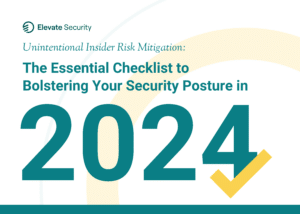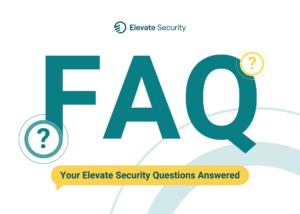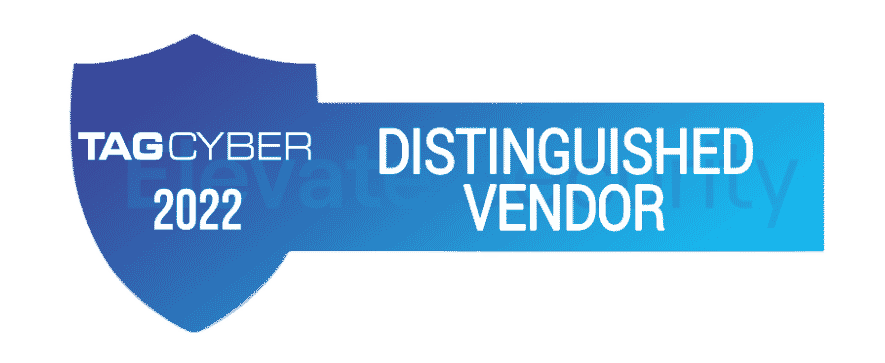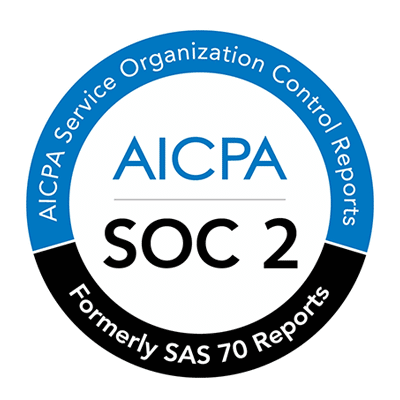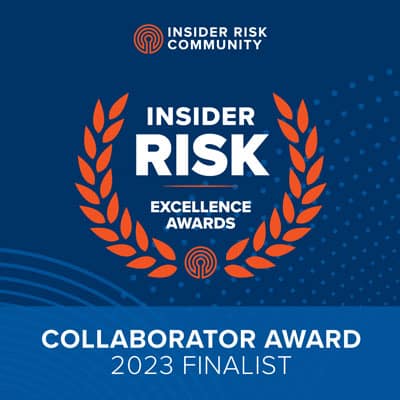
Identity and access management (IAM) is a cybersecurity framework leveraging a set of processes to keep threat actors from gaining unauthorized access to a company’s network or systems.
But today, threat actors are stealing access credentials or proprietary information by tricking your people using social engineering attacks. And it’s working. What’s more is that your traditional identity and access management tools on their own simply are not.
As the industry currently stands, 8% of users are causing 80% of incidents. And social engineering attacks have increased nearly 2x in the past year alone. It’s an inevitable scenario—the landscape of IAM is changing and traditional tools are no longer sufficient on their own. So, what’s the solution? Adding comprehensive user risk information to IAM processes. But more on that later!
First, let’s start with what we know about the problem.
The Problem with Traditional Identity and Access Management Tools
Made up of different technologies, processes, and systems, IAM typically focuses on:
- Identifying organizational users
- Determining which applications and roles are assigned to users and their access level
- Updating, adding, and removing user profiles in the system
- Protecting proprietary information and sensitive data from unauthorized access
All are valid and vital tasks. But traditional IAM lacks visibility into the risk of employees and threat signals. Consider this. Basic identity data, including user credentials, location, network, and device, don’t offer insight into the risk profile of the person and threats behind the access attempt. Without the context of who has clicked on phishing links, recently executed malware, browsed to sketchy sites or violated data handling policies, we miss out on context that an identity and account may be about to be compromised. In short, today’s IAM teams can’t fully understand the cyber risk context of the actual person who is attempting to access their systems.
If you don’t know the level of risk a user poses during authentication and authorization, the likelihood of granting excessive access to a high-risk user or even enabling an attacker to gain a foothold and maintain access rises significantly.
Today’s Challenges for Traditional IAM Tools
Let’s look at a few of the most common IAM tools on the market today. Upon review, we’ll uncover cracks in their structures that must be addressed and/or supported with user risk data at the point of authentication.
Single Sign-On (SSO)
SSO aims to streamline the identity management process by requiring only one username and password to access multiple applications and accounts. While this may be convenient, it also means if an attacker gains access to the user’s credentials, they can easily access all associated accounts and steal valuable data.
Multi-Factor Authentication (MFA)
MFA, on its own, adds an extra layer of security by requiring multiple verification forms upon login. However, there have been multiple identified bypasses of MFA, allowing attackers to gain persistence and bypass this second level of authentication. For example, if an adversary installs malware or finds other ways to steal session tokens, they can bypass MFA prompts with IAM systems knowing.
However, when combined with an individual’s risk context, MFA can be effective. For example, Elevate Identity, will provide IAM teams with a user’s risk context. Users with rising malware risk factors can automatically be assigned conditional access policies which can drive additional authentication, limit access, apply additional security controls and more.
Privileged Account Management (PAM)
Using password vaults, PAM keeps access credentials safe from threat actors, ensuring only verified users can access privileged account credentials. However, PAM lacks visibility and adaptability to changing user risk levels. This means if a user’s risk level changes, their access to privileged accounts may not be adjusted accordingly, leaving sensitive information vulnerable.
The Solution: Adding Comprehensive User Risk During the Authentication Process
Traditional IAM tools are not equipped to handle the complexities of modern IT environments, such as disconnected and diverse security technology and remote workforces. As a result, many organizations are turning to modern identity and access management solutions that offer more advanced features, such as adaptive access control, risk-based authentication, and identity risk analytics.
Adaptive access control tools determine the risk level of a user and enable IAM teams to automatically adjust the user’s access privileges accordingly. This ensures users are only given access to the systems and applications they need and are only granted privileges that are appropriate for their level of risk.
Segmenting users by risk during the authentication and authorization process allows security teams to frustrate adversaries attempting to gain unauthorized access. This decreases the likelihood of an adversary successfully establishing persistence and performing lateral movement.
➡️ Discover smarter identity and access management with Elevate Identity.
Final Thoughts
As the threat landscape continues to evolve, organizations must use the most advanced identity and access management solutions available to protect their valuable assets. Elevate is spearheading the movement toward modernized IAM.
Elevate Identity takes disparate risk signals and ties them together with conditional access policies and evaluations so IAM teams are not allowing attackers into their environments. Instead, they can safeguard users who are at higher risk.
Plus, Elevate Identity helps organizations make smarter identity decisions by proactively protecting them with:
- Automated conditional access policies
- Revoking critical access based on verified threat signals
- Enhancing access review workflows to include behavioral risk data
Book your demo today to see Elevate Identity in action.



